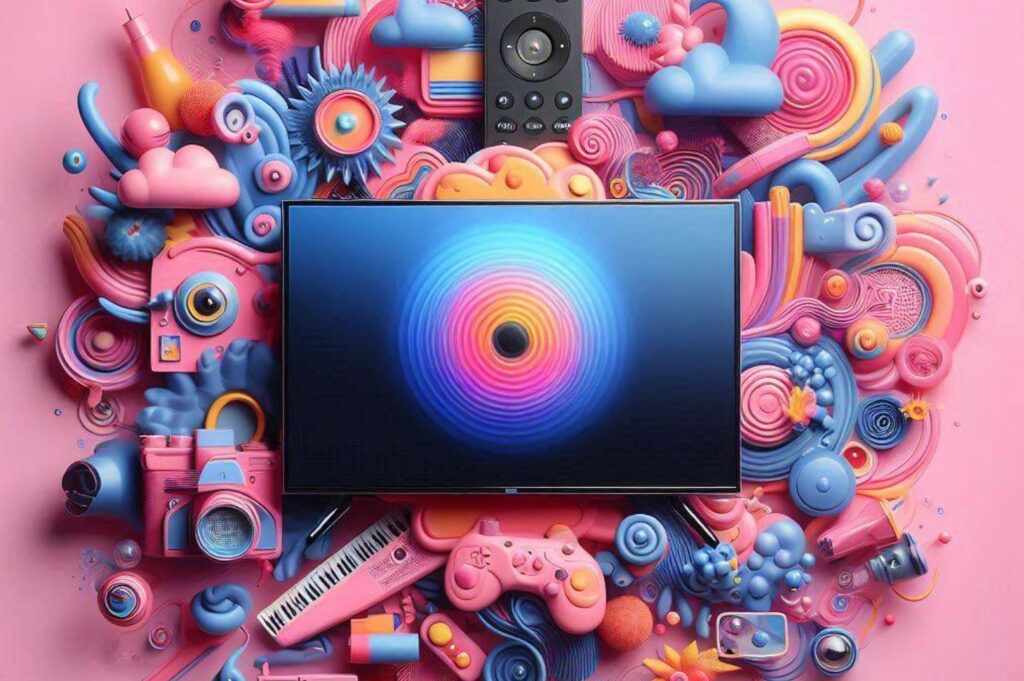
Redazione RHC : 22 June 2025 18:54
Many owners of smart TV operating systems are increasingly finding themselves caught in a conflict that rages between the desire to preserve viewer privacy and pressure from the advertising industry. The point is that TV manufacturers and embedded software developers are increasingly focusing not on image quality or functionality, but also on the ability to collect user data and, consequently, sell advertising.
At the StreamTV Show conference in Denver, Samsung TV Plus vice president Takashi Nakano bluntly admitted that the industry is in a state of constant internal conflict. On one side are users who don’t want anyone to know what they watched or, as Nakano jokingly puts it, “what they had for breakfast.” On the other are advertisers, for whom such data is a goldmine.
It’s not just simple viewing metrics. Operating systems are trying to learn everything about users, from preferences to emotions. For example, LG recently announced that its webOS will use an AI model that determines users’ preferences based on their moods and beliefs. This enables more precise targeting of ads, but at the same time blurs the boundaries of what is acceptable. Experts are increasingly asking: Is all the information collected really necessary?
According to Nakano, the flow of data collected is often redundant. At the same time, the demands of the advertising industry lead to the creation of a complex ecosystem in which numerous intermediate transfers of information take place, many of which, as the top manager admitted, are unnecessary. This creates not only technical costs, but also new privacy risks.
Despite this, companies continue to rely on software. Manufacturers such as Samsung, LG, Roku, Vizio, Amazon and even Walmart increasingly see the operating system as the main source of profit. After all, in an environment of low profit margins on the sales of TVs themselves, it is monetization through advertising that gives hope for growth. According to forecasts by WPP Media, advertising on streaming TV will generate 41.8 billion dollars in 2025, and then reach 71.9 billion dollars by 2030. This money not only ends up in the pockets of advertising agencies, but also becomes an incentive for the aggressive development of advertising mechanisms on TVs themselves.
But this creates a new problem. When choosing a TV, users focus primarily on brand, image quality and price. Firmware, ease of use, and even built-in recommendations are secondary. But after the purchase, they become the conduit for interaction between the user and the entire digital ecosystem. According to Catherine Pond of Vizio, the competition between operating systems ends the moment the TV is sold, and the battle for the user’s attention begins.
Roku emphasizes the importance of engaging the user in the viewing as quickly as possible. To achieve this, it uses recommendation engines, search algorithms, personalization, and behavioral analysis. The sooner a viewer starts watching content via the “native” operating system, the more likely they are to stay within the advertising infrastructure that the brand is building.
Meanwhile, the threat to these ecosystems is already visible. If TV software continues to push ads or collect excessive amounts of data, viewers may simply replace it with external devices, such as Apple TV or third-party streaming boxes. These devices offer more control and are often perceived as more private alternatives.
The industry is in a vicious circle: Without data, there is no accurate advertising; without advertising, there is no profit; and without trust, there is no user. This means that if TV manufacturers do not start taking into account the interests of viewers to the same extent as they take into account the needs of advertisers, they will have to pay the consequences not only in economic terms, but also in terms of lost loyalty.
 Redazione
Redazione